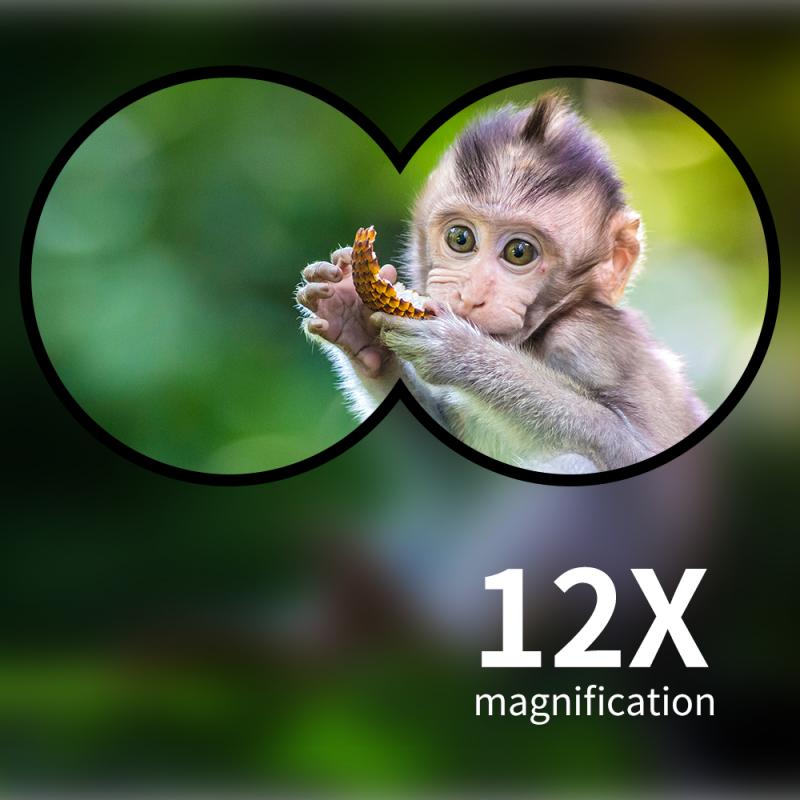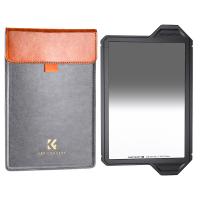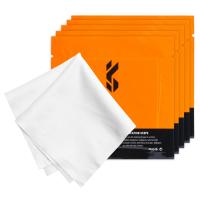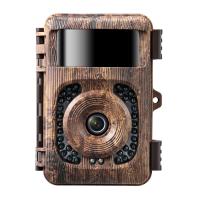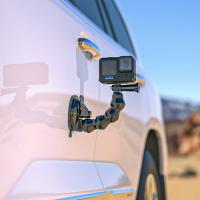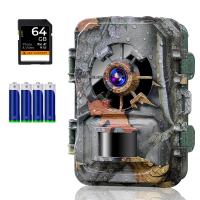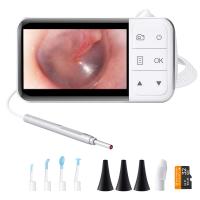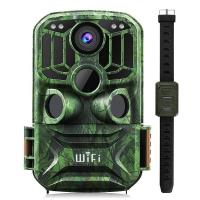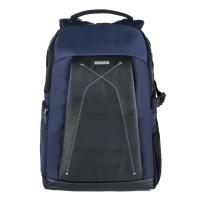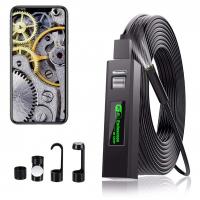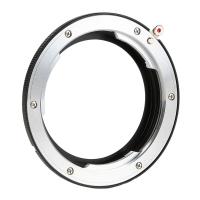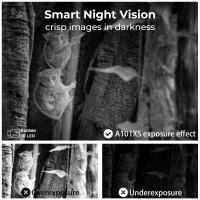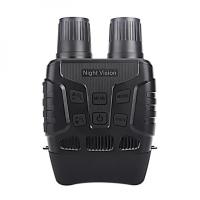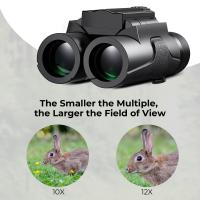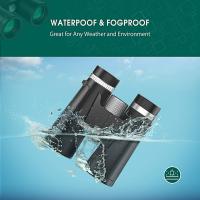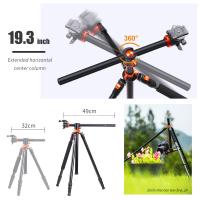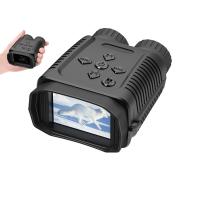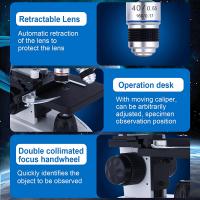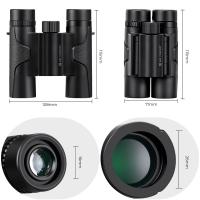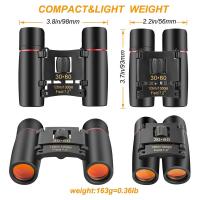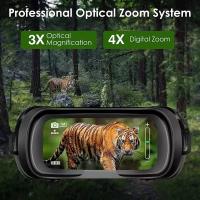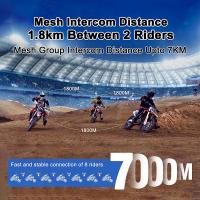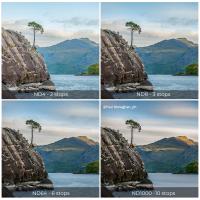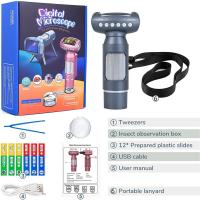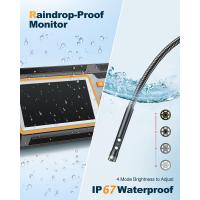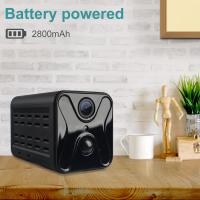Which Binocular To Buy ?
When deciding which binoculars to buy, it is important to consider your specific needs and preferences. Factors to consider include the intended use (e.g., birdwatching, stargazing, hunting), the desired magnification power, the size and weight of the binoculars, the field of view, the lens quality, and the budget. It is recommended to read reviews and compare different models to find the one that best suits your requirements. Additionally, seeking advice from experienced users or consulting with a knowledgeable salesperson can also be helpful in making an informed decision.
1、 Magnification power and lens diameter
When it comes to choosing the right binoculars, two important factors to consider are the magnification power and lens diameter. These specifications play a crucial role in determining the performance and suitability of binoculars for different activities.
Magnification power refers to how much closer an object appears when viewed through the binoculars. Common magnification powers range from 8x to 12x, with higher numbers providing a more detailed view. However, higher magnification also means a narrower field of view and increased shakiness due to hand movements. Therefore, it is important to strike a balance between magnification and stability based on your intended use. For general purposes like birdwatching or hiking, an 8x or 10x magnification is often recommended.
Lens diameter, measured in millimeters, determines the amount of light that enters the binoculars. A larger lens diameter allows more light, resulting in brighter and clearer images, especially in low-light conditions. However, larger lenses also mean heavier and bulkier binoculars. For most outdoor activities, a lens diameter between 30mm and 42mm is considered ideal.
It is worth noting that recent advancements in technology have led to the development of binoculars with image stabilization features. These binoculars compensate for hand movements, providing a steadier view even at higher magnifications. This can be particularly beneficial for activities like stargazing or marine observation.
Ultimately, the choice of binoculars depends on your specific needs and preferences. Consider the intended use, portability, and budget when making a decision. It is also recommended to try out different models and seek expert advice before making a purchase.
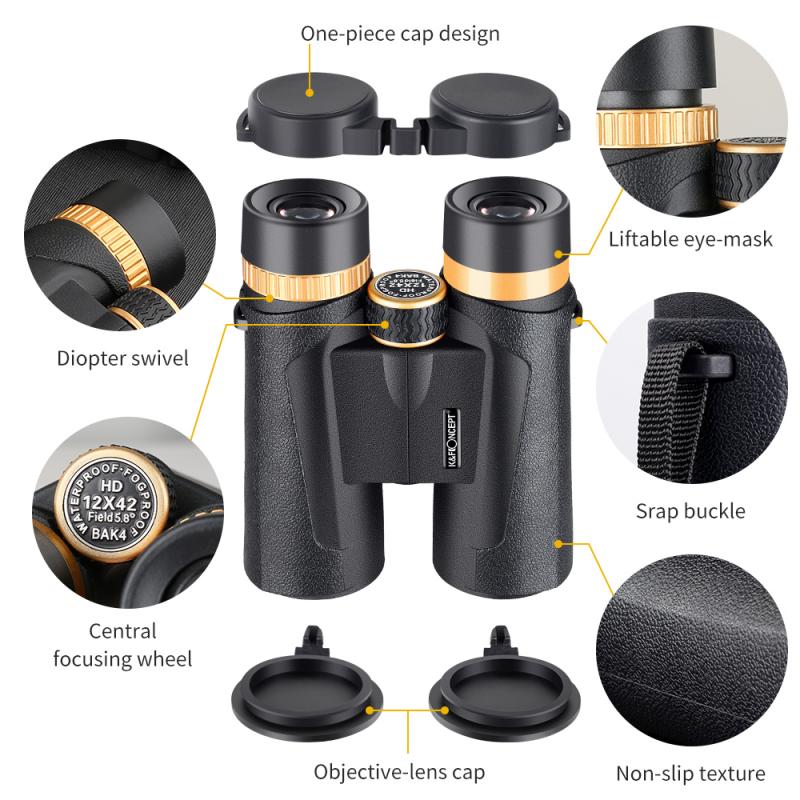
2、 Field of view and exit pupil size
When considering which binocular to buy, two important factors to consider are the field of view and exit pupil size. These features play a crucial role in determining the overall performance and user experience of the binoculars.
The field of view refers to the width of the area that can be seen through the binoculars at a specific distance. A wider field of view allows for a larger area to be observed, making it easier to track moving objects or scan a landscape. This is particularly important for activities such as birdwatching, wildlife observation, or sports events where quick movements need to be followed. Therefore, it is generally recommended to choose binoculars with a wider field of view for these purposes.
Exit pupil size, on the other hand, refers to the diameter of the beam of light that enters the eye. It is determined by dividing the objective lens diameter by the magnification power of the binoculars. A larger exit pupil size allows more light to enter the eye, resulting in a brighter image, especially in low-light conditions. This is particularly important for activities such as stargazing or observing wildlife during dawn or dusk. Therefore, if you plan to use your binoculars in low-light conditions, it is advisable to choose binoculars with a larger exit pupil size.
In terms of the latest point of view, advancements in technology have led to the development of binoculars with wider fields of view and larger exit pupil sizes. Manufacturers are constantly striving to improve these features to enhance the user experience. However, it is important to note that a wider field of view and larger exit pupil size often come at the cost of increased size, weight, and price. Therefore, it is essential to strike a balance between these factors based on your specific needs and budget.
In conclusion, when deciding which binocular to buy, considering the field of view and exit pupil size is crucial. A wider field of view is beneficial for activities that require tracking moving objects, while a larger exit pupil size is advantageous for low-light conditions. The latest advancements in technology have led to improvements in these features, but it is important to find a balance between performance, size, weight, and price.
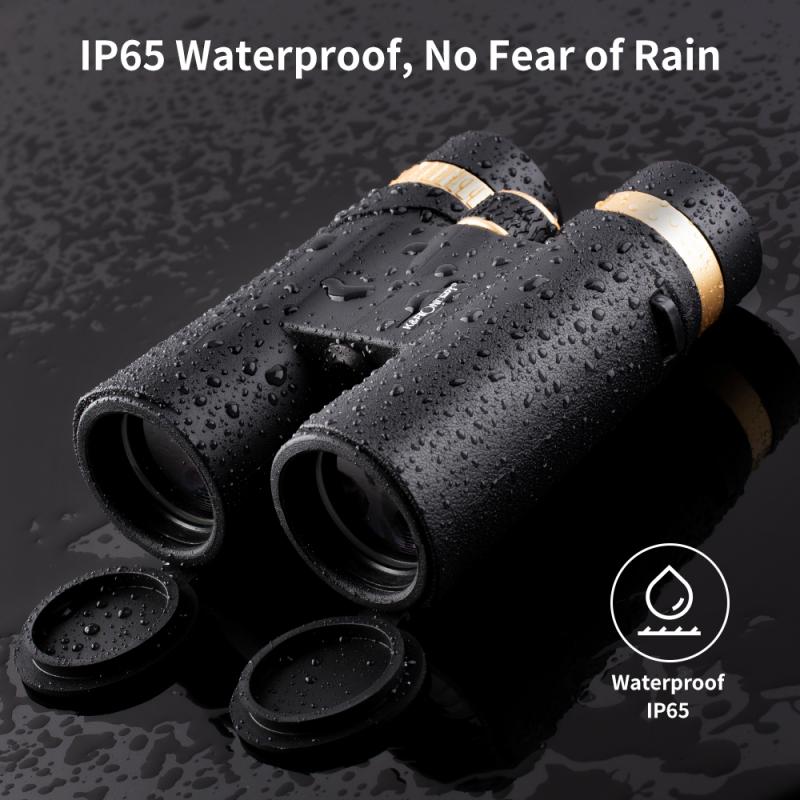
3、 Prism type and coating quality
When it comes to choosing the right binoculars, two important factors to consider are the prism type and coating quality. These aspects greatly impact the performance and overall viewing experience.
Prism Type:
There are two main types of prisms used in binoculars: Porro prisms and roof prisms. Porro prisms offer a wider field of view and generally provide better depth perception. They are also more affordable compared to roof prisms. On the other hand, roof prisms are more compact, lightweight, and often have a sleeker design. They are ideal for outdoor activities and are generally more expensive. Ultimately, the choice between the two depends on personal preference and specific usage requirements.
Coating Quality:
Coatings on the lenses and prisms of binoculars are crucial for enhancing image quality and reducing glare. The quality of coatings can vary, and it is important to look for binoculars with high-quality coatings. Multi-coated lenses are a common feature in most binoculars, providing better light transmission and improved image clarity. Fully multi-coated lenses offer the highest level of light transmission and are recommended for optimal performance, especially in low-light conditions.
In recent years, there have been advancements in prism and coating technologies. For example, phase correction coatings on roof prisms have become more common, improving image resolution and contrast. Additionally, newer anti-reflective coatings have been developed, further reducing glare and enhancing image quality.
In conclusion, when deciding which binoculars to buy, it is important to consider the prism type and coating quality. Both factors significantly impact the performance and overall viewing experience. It is recommended to choose binoculars with high-quality coatings, such as fully multi-coated lenses, for optimal image clarity. The choice between Porro prisms and roof prisms depends on personal preference and specific usage requirements.
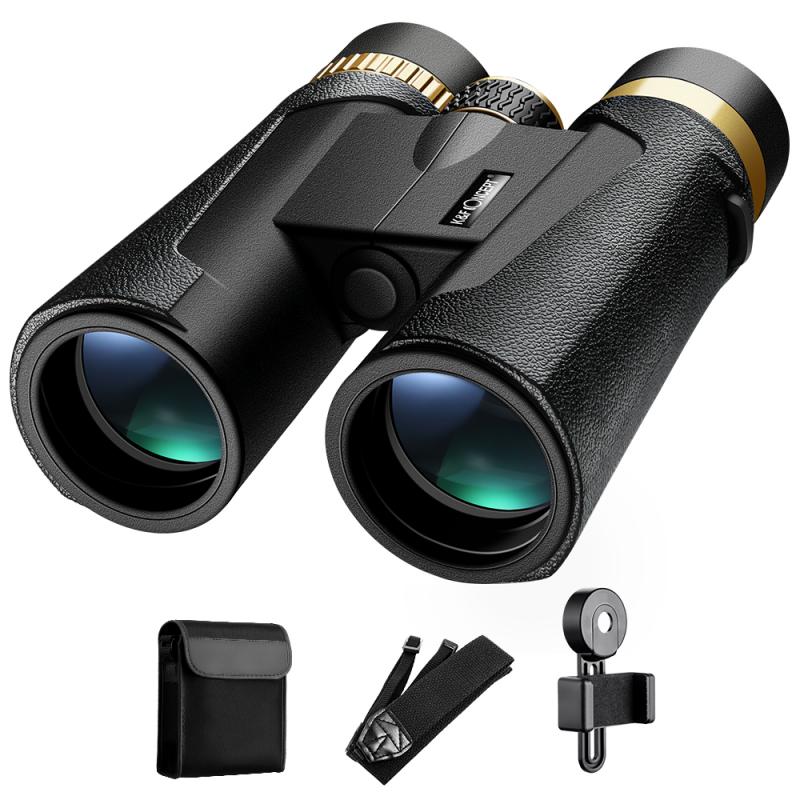
4、 Focus system and diopter adjustment
When it comes to choosing the right binoculars, two important factors to consider are the focus system and diopter adjustment. These features play a crucial role in ensuring a clear and comfortable viewing experience.
The focus system determines how easily and accurately you can adjust the focus of the binoculars. There are two main types of focus systems: center focus and individual focus. Center focus binoculars have a single focus wheel that adjusts both eyepieces simultaneously, making them quick and convenient to use. On the other hand, individual focus binoculars have separate focus rings for each eyepiece, allowing for precise adjustments but requiring more time and effort.
Diopter adjustment is another essential feature, especially for those with different vision strengths in each eye. It allows you to fine-tune the focus of one eyepiece independently, compensating for any imbalance in your vision. This adjustment is typically located on one of the eyepieces and is crucial for achieving a sharp and clear image.
In terms of the latest point of view, manufacturers are constantly improving focus systems and diopter adjustments to enhance user experience. Some binoculars now feature advanced focus systems, such as a dual focus system that combines the convenience of center focus with the precision of individual focus. Additionally, diopter adjustments are becoming more user-friendly, with some models incorporating locking mechanisms to prevent accidental changes.
Ultimately, the choice between focus systems and diopter adjustments depends on personal preference and specific needs. Center focus binoculars are generally recommended for general use and ease of use, while individual focus binoculars are preferred for specialized applications such as astronomy or birdwatching. It's important to try out different models and consider factors like comfort, ease of adjustment, and the specific activities you plan to use the binoculars for before making a decision.
